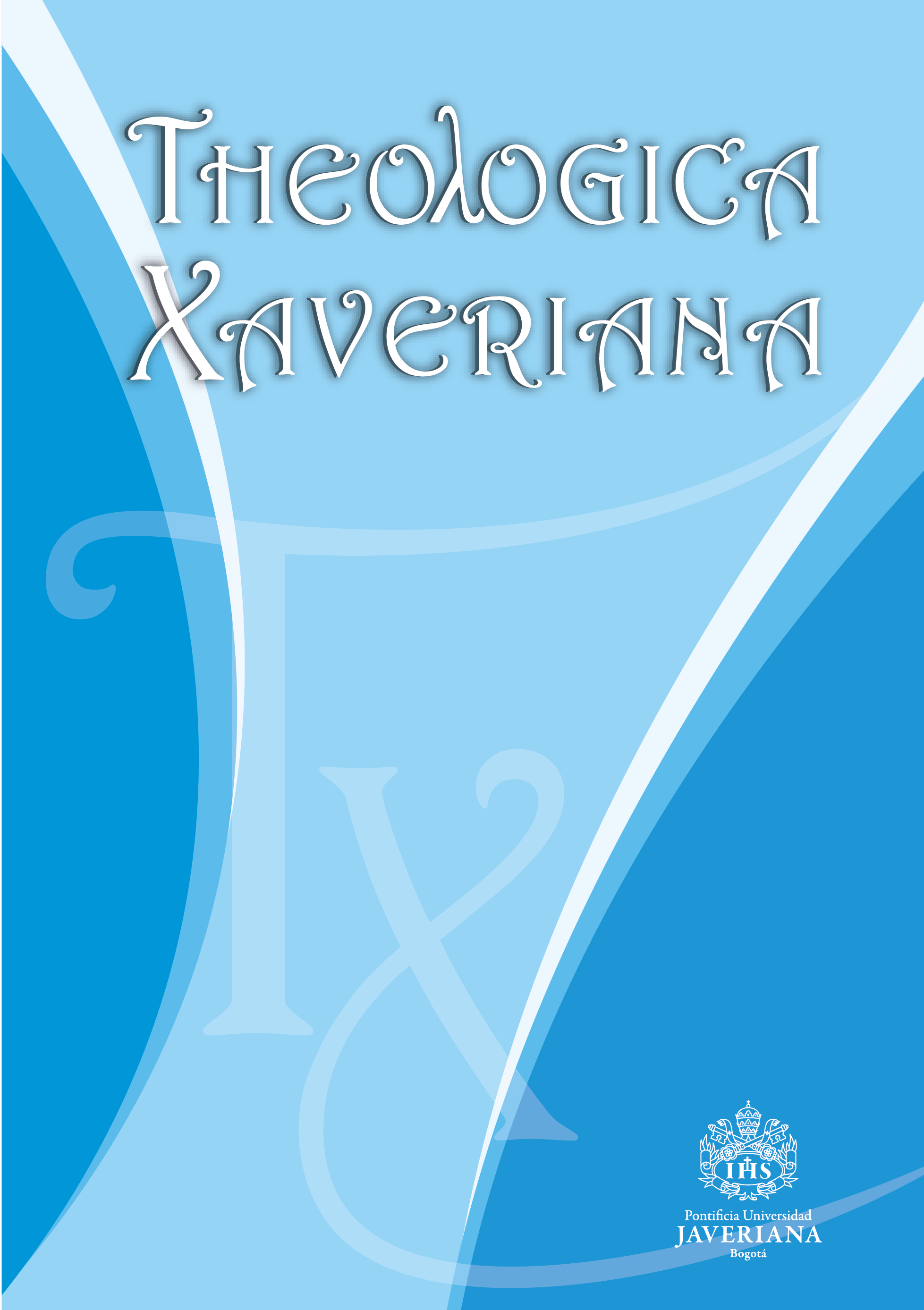Abstract
The purpose of this article is to present the revolt that took place in Canaan under the leadership of Lab’ayu, ruler of Shechem, shortly before the emergence of Israel, which had the adhesion of several city-states of that region. The study will be done by analyzing the letters found at Tell el-Amarna and sent to Pharaoh by Lab’ayu (EA 252-254) by Tagi, ruler of Ginti-Kirmil (EA 264-266), and by Mut-Ba’lu, ruler of Pella (EA 255-256). It is noted in these letters that the territory conquered by the Lab’ayu revolt is similar to what King Saul, the first monarch of Israel, occupied a few centuries later.
Bogaert, Pierre-Maurice y otros. Diccionario enciclopédico de la Biblia. Barcelona: Herder, 1993.
Campbell, Edward. “Shechem in the Amarna Archive”. En Shechem: The Biography of a Biblical City, por G. Ernest Wright, 191-207. New York (NY): McGraw-Hill, 1965.
Cochavi-Raney, Zipora (ed.). The El-Amarna Correspondence. A New Edition of the Cuneiform Letters from de Site of El-Amarna Based on Collations of all Extant Tablets. Vol. 2. Leiden-Boston: Brill, 2015.
Finkelstein, Israel. “The Last Lab’ayu: King Saul and the Expansion of the First North Israelite Territorial Entity”. En Essays of Ancient Israel in Its Near Eastern Context. A Tribute to Nadav Na’aman, por Y. Amit; E. Ben Zevi; I. Finkelstein; e O. Lipchits, 171-193. Wininona Lake (IN): Eisenbraus, 2006.
Finkelstein, Israel e Nadav Na’aman. “Shechem of the Amarna Period and the Rise of the Northern Kingdom of Israel”. Israel Exploration Journal 55 (2005): 172-193.
Goren, Yuval; Israel Finkelstein; Nadav Na’aman. Inscribed in Clay: Provenance Study of the Amarna Letters and other Ancient Near Eastern Texts. Tel Aviv: Tel Aviv University, 2004.
Hendel, Ron. “The Exodus as Cultural Memory: Egyptian Bondage and the Song of the Sea”. En Israel’s Exodus in Transdisciplinary Perspective. Quantitative Methods in the Humanities and Social Sciences, por T. E. Levy y otros, 65-77. Cham (Switzerland): Springer International Publishing, 2015.
Horowitz, Wayne. “An Inscribed Clay Cylinder from Amarna age Beth Shean”. Israel Exploration Journal 46 (1996): 208-217.
Kaefer, José Ademar. “À procura de Saul! Uma análise de Primeiro Samuel 9-(12)14”. Horizonte 42 (2016): 402-426.
_____. Arqueologia das terras da Bíblia. São Paulo: Paulus, 2012.
_____. “As cartas de Tell El-Amarna e o contexto egípcio nos reinados de Amenhotep III e Amenhotep IV (Akenaton)”. Estudos de religião 32/1 (2018): 121-140.
Moran, William. The Amarna Letters. Baltimore-London: The Johns Hopkins University Press, 1992.
Mynarová, Jana. “A Comment on the Opening Passages of the Amarna Letters. Its Structure and Its Address”. Archiv orientální – Quaterly Journal of African and Asian Studies 73 (2005): 397-406.
_____. Language of Amarna: Language of Diplomacy. Perspectives on the Amarna Letters. Praga: University of Prague Press, 2007.
Na’aman, Nadav. “Biryawaza of Damascus and the date of Kamid El-Loz ‘Apiru Leters”. Ugarit-Forschungen 20 (1988):179-193.
_____. “The Contribution of the Amarna Letters to the Debate on Jerusalem’s Political Position in the Tenth Century B. C. E”. Bulletin of the American Schools of Oriental Research 304 (1996): 17-27.
Rainey, Anson. The El-Amarna Correspondence. A New Edition of the Cuneiform Letters from de Site of El-Amarna Based on Collations of all Extant Tablets. Leiden-Boston: Brill, 2015.
Van Seters, John. Em busca da história. Historiografia no mundo antigo e as origens da história bíblica. São Paulo: Editora da Universidade de São Paulo, 2008.
This journal is registered under a Creative Commons Attribution 4.0 International Public License. Thus, this work may be reproduced, distributed, and publicly shared in digital format, as long as the names of the authors and Pontificia Universidad Javeriana are acknowledged. Others are allowed to quote, adapt, transform, auto-archive, republish, and create based on this material, for any purpose (even commercial ones), provided the authorship is duly acknowledged, a link to the original work is provided, and it is specified if changes have been made. Pontificia Universidad Javeriana does not hold the rights of published works and the authors are solely responsible for the contents of their works; they keep the moral, intellectual, privacy, and publicity rights.
Approving the intervention of the work (review, copy-editing, translation, layout) and the following outreach, are granted through an use license and not through an assignment of rights. This means the journal and Pontificia Universidad Javeriana cannot be held responsible for any ethical malpractice by the authors. As a consequence of the protection granted by the use license, the journal is not required to publish recantations or modify information already published, unless the errata stems from the editorial management process. Publishing contents in this journal does not generate royalties for contributors.



